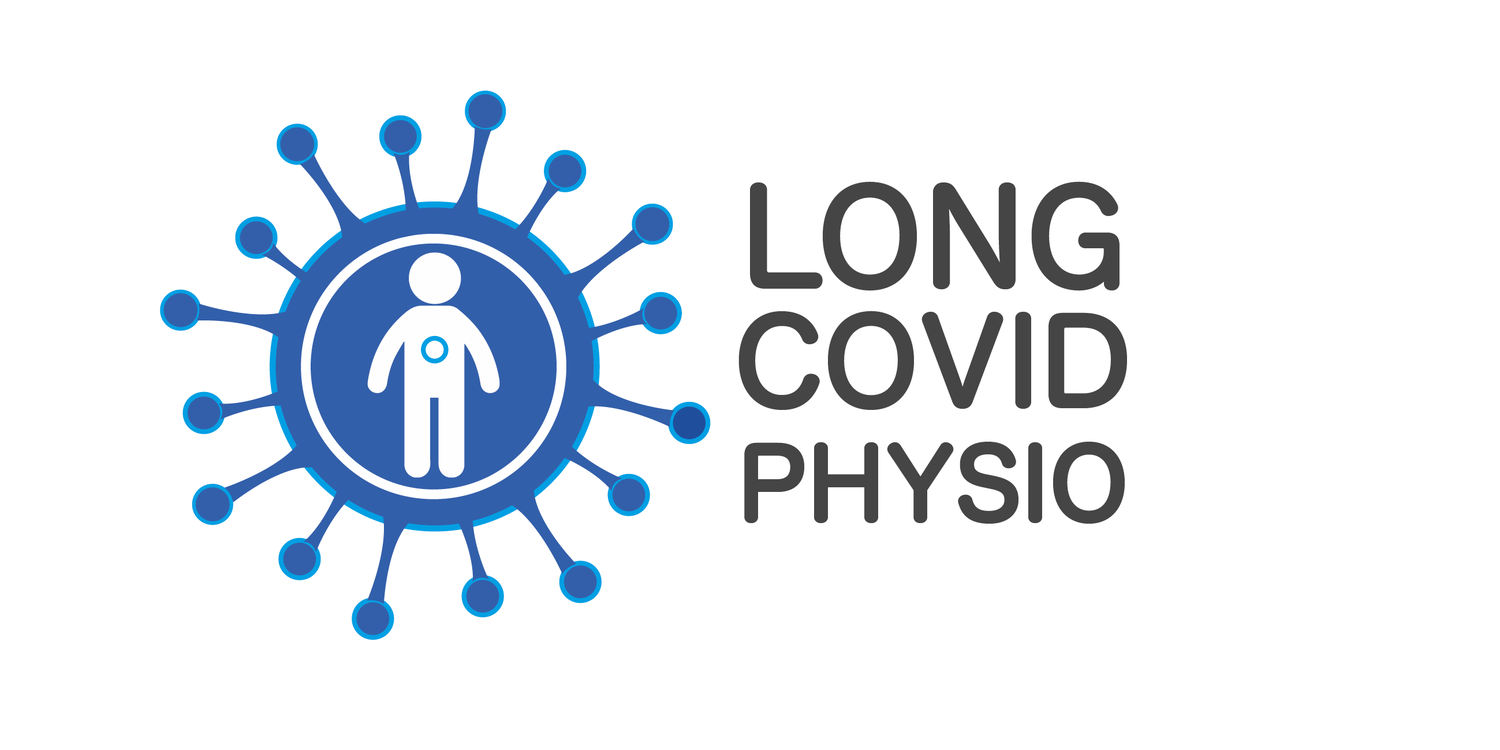Safe Long COVID Rehabilitation
Learn more about safe Long COVID rehabilitation from World Physiotherapy, World Health Organization and Long COVID Physio International Forum.
Audio
Traductions
The Long COVID Video Series is translated into Arabic, Bahasa Indonesia, Bangla, Brazilian Portuguese, French, German, Italian, Mandarin (Simplified Chinese), and Spanish.
Pour activer les sous-titres et traduire cette vidéo dans n'importe quelle langue sur votre ordinateur ou votre appareil mobile :
(1) ouvrir les réglages en appuyant sur le bouton de la roue
(2) cliquez sur "Sous-titres / CC".
(3) activer la langue générée automatiquement
(4) puis revenez à "Sous-titres / CC" et une nouvelle option apparaît, appelée "Auto-translate".
(6) cliquez sur "Auto-translation".
(6) choisissez votre langue
(7) Activez les "sous-titres / sous-titres codés (CC)" en appuyant sur le bouton CC.
Transcription de la vidéo (audio en tant que texte)
Safe Long COVID Rehabilitation
People living with Long COVID experience health challenges and limitations in daily functioning, also known as disability. Research is urgently needed to better understand the mechanisms and causes of Long COVID, and how to best diagnose, manage and treat Long COVID. While waiting for research to provide answers, people with Long COVID experiencing disability need support and help now. Rehabilitation aims to address the impact of a health condition on a person's life by trying to manage, maintain or improve functioning, and prevent or reduce experiences of disability. Rehabilitation, just like any other treatment or medicine, needs to be safe and effective and not worsen symptoms or disability. So what is safe Long COVID rehabilitation?
Rehabilitation is not just one thing, and it is not only exercise. Rehabilitation is a broad term that includes any activity or intervention that may address disability, to help people be as independent as possible in everyday activities, and enable participation in meaningful life roles, such as being a partner, employee or caregiver. Rehabilitation must be person-centred, goal-oriented, and individualised to peoples symptoms, health challenges and disability. Rehabilitation approaches must also be chosen with the agreement of people living with disability. Some general examples of rehabilitation include education, providing equipment and skills training on how to use them, changing a home environment to be safe or improve independence, and for some people, training to improve movement or communication.
Some rehabilitation approaches cause harm. Graded exercise therapy, a clinician supervised gradual increase in physical activity or exercise over time, worsens symptoms and decreases functioning in people with post-exertional symptom exacerbation, such as Myalgic Encephalomyelitis / Chronic Fatigue Syndrome (ME/CFS) and Long COVID. We need to learn from these important lessons and avoid making the same mistakes again. With lots of Long COVID research studies now focusing on rehabilitation, these lessons about safety continue to be important. Making sure that rehabilitation research and practice is safe, can mean the difference between making disability worse, or managing disability to help people find stability with symptoms and sometimes achieve improvements in daily functioning.
We know that rehabilitation is not a cure for the causes of Long COVID. Some safe and successful rehabilitation strategies can help manage Long COVID symptoms, to improve health, function and quality of life as much as possible. There are also important documents by World Physiotherapy and the World Health Organization, written with people living with Long COVID, that guide us to better understand what safe and effective Long COVID rehabilitation looks like.
To ensure we do no harm in Long COVID rehabilitation, we must first screen and continuously monitor for post-exertional symptom exacerbation, or post-exertional malaise, and promote the message from the ME/CFS community to “STOP. REST. PACE.” Some examples of safe rehabilitation include providing education about the importance of therapeutic rest and sleep, skills training on pacing to manage activities and energy levels, help to use heart rate monitoring, support developing an activity management plan within energy limits to minimise symptoms, finding ways to respond quickly to flare-ups or relapses, providing equipment, and training on the use of equipment to reduce the number or severity of relapses.
Everybody’s experience of Long COVID is individual, and therefore any rehabilitation approaches to help manage symptoms and disability must be person-centred and individualised. People living with Long COVID are often the experts in their symptoms, triggers of relapses, and what helps them find stability. As experts in their bodies, people living with Long COVID must play a leading role in the healthcare, treatments, rehabilitation, and research that affects their lives.
In the next video we will talk about pacing.
Crédits
Cette vidéo a été illustrée et montée par FisioCamera:
https://www.fisiocamera.it/ fisiocamera@gmail.com
Le scénario a été écrit et raconté par :
Darren Brown, président COVID Long Physio
Cette vidéo a été consultée par :
Lindsay Skipper, Peer Support Co-Director Long COVID Physio, UK
Prof Todd Davenport, Workwell Foundation and Department of Physical Therapy, University of the Pacific, Stockton, California, USA
Dr Laura Tabacof MD, Assistant Professor of Rehabilitation at Icahn School of Medicine at Mount Sinai, USA
Dr Kelly O'Brien, Department of Physical Therapy, University of Toronto, Canada
Dr Simon Décary, professeur adjoint en réadaptation et directeur du laboratoire de réadaptation orientée vers le patient (SPOR-REHAB), Université de Sherbrooke, Québec, Canada.
Dr Mark Faghy, professeur associé en pneumologie et physiologie à l'Université de Derby, Royaume-Uni
This video was peer-reviewed by Long COVID Physio Executive Board and Long Covid Kids.
Date Last Revised: 8th May 2023
